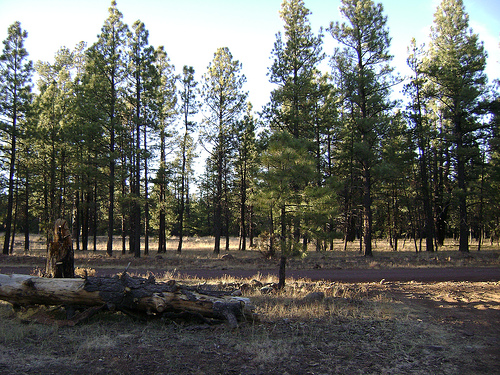Salary for Natural Resource Workers

© 2012 by Aurelio Locsin.
Natural resource workers exploit harvest, gather, process and otherwise exploit products from the natural world. The Bureau of Labor Statistics defines the natural resources sector as consisting of occupations in agriculture, forestry, fishing and hunting. The sector does not include jobs with underground resources, which is part of the mining sector. Salaries vary by position and are accurate as of May 2011.
Basics
The mean salary for all 371,000 workers in the agricultural, forestry, fishing and hunting sector was $12.34 per hour or $25,680 per year. This was one of the lowest paid areas of the employment market, with wages at nearly half the $21.74 per hour or $45,230 per year average of all 128 million workers in the country. Jobs for natural resources workers are expected to decrease by over 130,000 from 2010 to 2020. At the same time, all employment in the U.S. will grow by about 20.4 million.
Highest Pay
The highest paying occupations for natural resources belonged to the 6,400 in management who averaged $42.77 per hour or $88,960 per year. Chief executives had the top-paying job in this category with means at $82.07 per hour or $170,710 per year. They were ultimately responsible for the success of their companies and their decisions affect employees, customers and suppliers. The lowest paying jobs belonged to farmers, ranchers and other agricultural managers in charge of individual farms and ranches. They earned a mean $33.89 per hour or $70,490 per year.
Lowest Pay
The lowest paid natural resource occupations were those specific to farming, fishing and forestry, with means at $10.79 per hour or $22,450 per year. The 263,000 working here formed the largest occupational category within natural resources. First-line supervisors had the best pay at a mean $20.66 per hour or $42,970. They were responsible for managing teams of employees in performing tasks. The lowest paid workers were the unskilled farm workers and laborers who work with crops, nurseries and greenhouses. They made a mean $9.29 per hour or $19,330 per year. Other jobs in this category included skilled farm and ranch workers who made a mean $11.73 per hour or $24,390 per year, log fallers at $20.49 per hour or $42,610 per year and agricultural inspectors at a mean $17 per hour or $35,350 per year.
Fishers
An example of a specific natural resource worker is a fisher who catches different types of marine life, primarily for human and animal consumption. Fishers learn their skills informally on the job, so they do not need any qualifications. However, those that intend to captain their own boats need a license, and those working on fish processing vessels may need a merchant mariner’s document. The U.S. Coast Guard issues these documents based on the individual’s medical and academic requirements. Jobs are expected to decline by 6 percent from 2010 to 2020, while in the same period all jobs in the U.S. will grow by 14 percent. Fishers earned a mean $14.53 per hour or $30,220 per year.
Resources
- Industries at a Glance: Natural Resources and Mining
Information on the natural resources and mining industry. - Sector 11 - Agriculture, Forestry, Fishing and Hunting - May 2011 OES Industry-Specific Occupational
Wages in the natural resources industry. - Most Accountant Work
Most Accountant Work: Find out which states, cities and industries offer the most accounting opportunities, and what the average salaries are in these areas.









